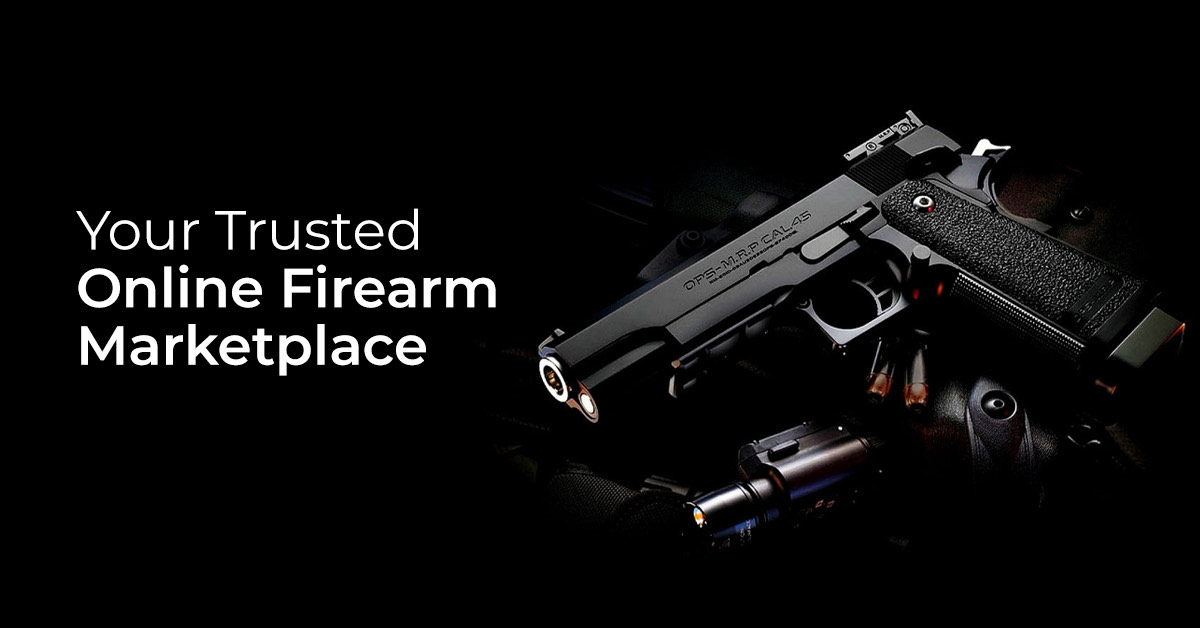
What Makes Bike Billboards So Effective For Street-Level Marketing?
- Mobile Marketing Australia
- Business
- 2025-07-10 09:12:28
- 414K
In the competitive world of advertising, visibility and memorability are key. Brands are continually seeking innovative ways to connect with their audiences beyond traditional channels. Among the most creative and increasingly popular tools in this space are bike billboards. Unlike static billboards or digital pop-ups, bike billboards bring the message directly to people, right where they are. A dynamic, eco-friendly form of mobile billboards, these street-level ads make a strong impression, especially in bustling urban areas.
But what exactly makes them so effective for street-level marketing?
High Visibility in High-Traffic Areas
One of the strongest advantages of bike billboards is their ability to move through high-footfall areas. Unlike traditional signs placed at fixed locations, bike-mounted ads can travel through festivals, events, shopping districts, and transit hubs, ensuring that the message is seen by thousands of potential customers throughout the day.
This mobile nature ensures that advertising doesn't just reach the same eyes repeatedly but taps into varied demographics across different neighbourhoods. The real-time visibility makes them ideal for time-sensitive campaigns like grand openings, flash sales, or product launches.
Human Connection and Interactive Appeal
Unlike conventional billboard advertising, bike billboards are often accompanied by brand ambassadors. These individuals not only ride the bikes but also interact with the public, answer questions, and sometimes distribute promotional materials or samples.
This personal interaction significantly increases engagement and brand recall. In a world overwhelmed by passive digital ads, a smiling face and live demonstration can make all the difference. This human touch bridges the gap between brand and consumer, encouraging real-time feedback and emotional connection.
Cost-Effective and Flexible Advertising
Compared to other out-of-home (OOH) advertising mediums, bike billboards are far more budget-friendly. The production costs are relatively low, and the logistics are simple—making it an accessible option for small businesses as well as large brands.
Moreover, the flexibility of bike billboards allows advertisers to pivot campaigns quickly. Routes can be changed based on performance data, weather, or event opportunities. For example, if foot traffic is high in one area due to a sports event or local market, the rider can simply navigate there and extend the campaign's reach in real-time.
Eco-Friendly and Image-Boosting
In an age of environmental awareness, consumers respond positively to brands that show commitment to sustainability. Bike billboards are inherently green—they produce no emissions, require minimal infrastructure, and reduce visual clutter when compared to fixed signage.
Utilising eco-conscious advertising methods like these not only demonstrates corporate social responsibility but also resonates with eco-minded audiences. For businesses looking to align their messaging with green values, bike billboards offer a powerful and consistent visual statement.
Hyper-Local Targeting
Street-level marketing works best when it speaks directly to the community it’s in. Bike billboards are ideal for hyper-local targeting. Whether you're promoting a new restaurant, gym, or service area launch, these mobile signs can be steered directly through the intended audience’s environment.
Localised campaigns using bike billboards can also be coordinated with local events, parades, and peak time periods to achieve maximum impact. This precision ensures a better return on investment and more meaningful brand exposure.
Ideal for Experiential and Guerrilla Marketing
Bike billboards are also a great fit for experiential marketing strategies. Since they can move, stop, and interact with audiences, they blend seamlessly into flash mobs, live activations, and guerrilla-style pop-ups. Their unconventional format grabs attention effortlessly, making them particularly effective for social media virality and user-generated content.
When part of a larger campaign, mobile ads on bikes can drive traffic to nearby stores, guide people to an event location, or direct them to scan a QR code for instant offers—all while creating a buzz.
Stand Out in a Saturated Media Landscape
The average urban consumer is exposed to thousands of ads every day—online, on TV, on billboards, and more. What sets bike billboards apart is their novelty and movement. They don’t blend into the background like posters or static signage.
Instead, they catch attention through their mobility, colourful visuals, and often unique design structures. With proper creative execution, a bike billboard becomes a moving piece of street art, turning heads and getting people talking.
Conclusion
Bike billboards combine visibility, mobility, sustainability, and personal engagement into a marketing medium that’s uniquely positioned for modern street-level campaigns. They allow brands to break through the noise with a presence that’s both strategic and approachable. Whether targeting festival crowds or lunchtime pedestrians, this innovative form of mobile billboards delivers results with efficiency, creativity, and a personal touch.
Leave a Reply
Please login to post a comment.











0 Comments